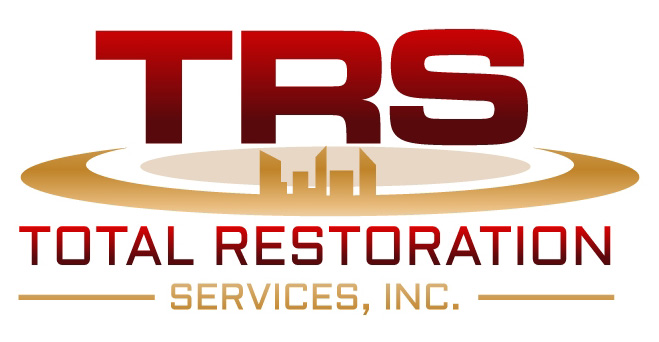Accidents are never fun, especially in industrial buildings. Whether you work with chemicals or use a variety of machines and equipment, there’s always the risk of slipping hazards. Besides keeping your employees safe, adding slip resistance to your facility comes with many other benefits. Let’s take a look at how you can add slip resistance to your facility.
Essential for Safety
In heavy industry, shipping, and other business that works with movement and equipment, slip resistance is crucial. If you have slick surfaces, this creates an unsafe work environment liability waiting to happen.
Building regulations actually mandate you to test for slip resistance as a standard safety measure. While there are no specific requirements, OSHA also calls for a reasonable degree of friction in workplace surfaces. It’s important to remember that slip resistance isn’t just a rule, it’s an investment in the overall safety of your building and staff.
Adding slip resistance to your facility helps you guard against mechanical injuries at the workplace that could leave your staff seriously hurt. Besides stalling work, this could actually cost your company in worker’s compensation or legal reparations.
Building and Concrete Maintenance
An easy way to bring slip resistance to your building is to simply keep your facility in order. Cracks and other forms of concrete deterioration should be resealed and cleaned regularly.
One cause of slippery conditions, of course, is the accumulation of liquids. Concrete cracks can allow for water and other substances to accumulate, which will make the ground slick. This can also cause the concrete foundations to sink and shift, adding to the precariousness of the flooring.
Regimented cleaning and maintenance keep your building looking good, slip-free, and resistant to typical wearing.
Protective Coatings
Protective coatings are a great resource for slip resistance in a variety of industrial facilities. The chemical composition of these coatings provide the properties needed to enhance the longevity of concrete, securing the flooring from issues that could cause slickness.
Methyl Methacrylate (MMA) and epoxy coatings are particularly favored for their slip resistance properties. The finish of these coatings often helps prevent scuffing and chemical contamination too. As a bonus, they tend to add a nice aesthetic to the building once implemented.
Slip-Resistant surfaces
For areas that tend to experience slippery conditions more than other parts of the facility, you can add slip-resistant surfaces to the flooring. To combat slick floors, you’ll want textured, serrated, or even punched surfaces to provide friction as your team moves in the area.
One example would be to use steel grating that provides a better grip for walking during possible wet conditions. This also comes in handy when handling large or dangerous equipment by ensuring optimal maneuverability in wet or dry conditions.
You’ll need to conduct maintenance on these surfaces to ensure they remain fully functional as time goes on. Additionally, be sure to emphasize to your employees the importance of wearing appropriate footwear and safety gear when working in slippery environments. It never hurts to be extra careful!
Use Construction Professionals
Don’t just guess at where you need slip resistance. Besides potentially missing a spot, you’ll want slip resistance applied in the safest, most effective way possible. You’ll get a better return on your investment if you let trusted restoration specialists assess your building to provide you with the best options for slip resistance.

